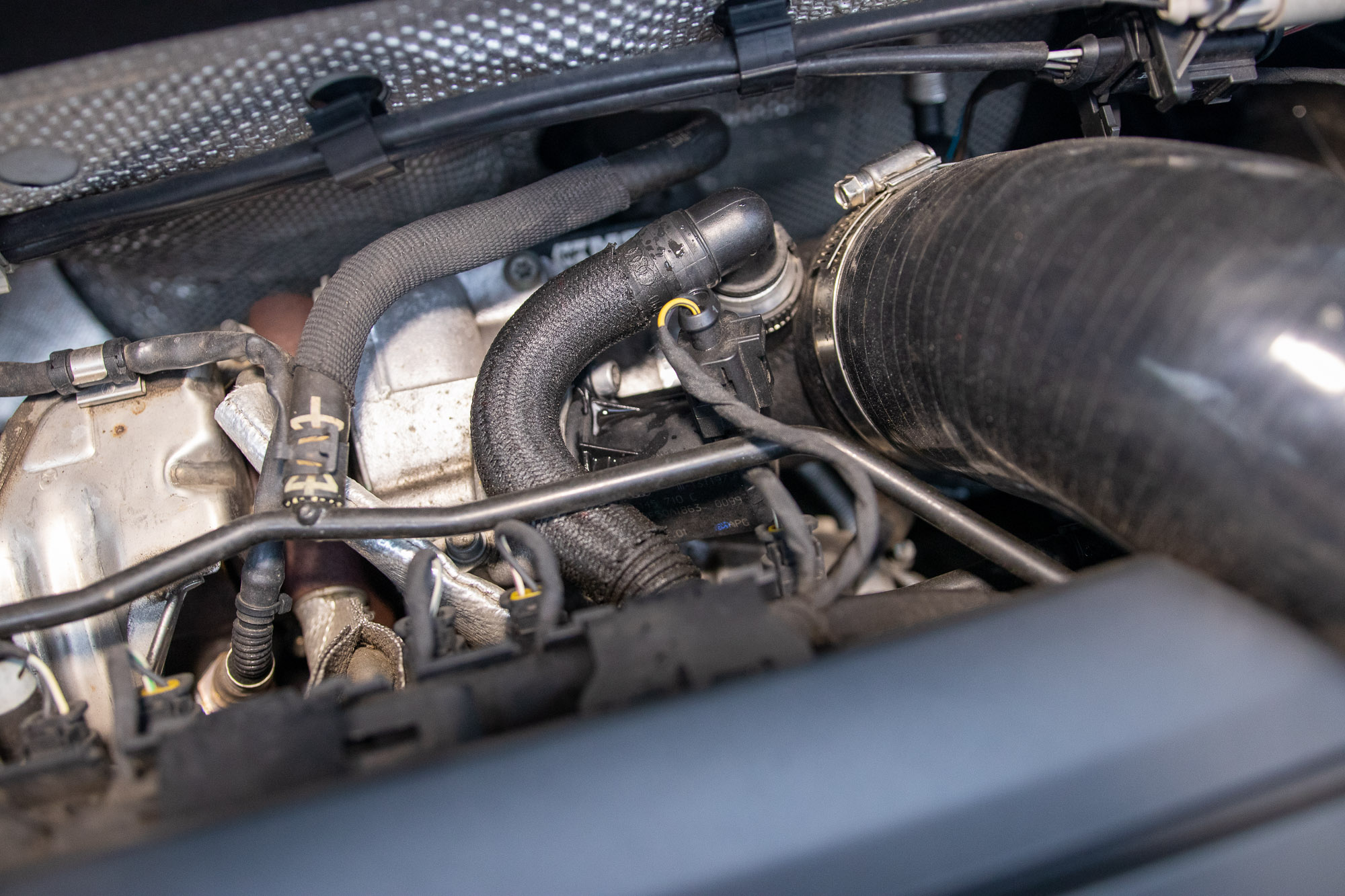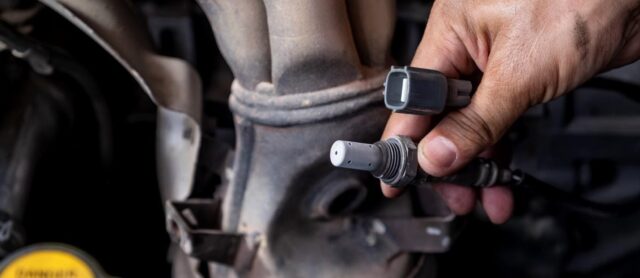Unleash the power of oxygen sensors and enhance your engine performance with this guide. Oxygen sensors are a key component to maximizing engine efficiency, allowing you to get more out of every drop of fuel.
With the right tools, you can maximize your car’s potential and make it run smoother than ever before. This guide will break down all the important information about oxygen sensors so that you can get up to speed quickly and start making improvements today.
Learn how oxygen sensors work, what types are available, and find out which ones are best for your vehicle’s specific needs. Get ready to take control over your engine’s performance – let’s get started!
Introduction to Oxygen Sensors

Oxygen sensors are a vital component of modern vehicle engines. They sense the amount of oxygen in the exhaust and adjust the fuel-air mix, allowing your engine to run more efficiently and with improved performance. An oxygen sensor can make a big difference in how well your car runs, providing better acceleration and fuel economy.
Knowing how to diagnose problems with an oxygen sensor is essential if you want your car to run at its best. This guide will help you understand what makes up an oxygen sensor system so that you can keep your car running optimally every time you hit the road.
Understanding the Benefits of Oxygen Sensors
Oxygen sensors are one of the most important components of an automobile’s engine. They measure the amount of oxygen in a vehicle’s exhaust and use this information to adjust the fuel-air mixture, ensuring that your car is running at peak performance.
There are numerous advantages to utilizing oxygen sensors in your vehicle, including improved fuel economy, reduced emissions, and improved engine response time. Fuel Economy: By using an oxygen sensor to monitor and control air/fuel ratios consistently throughout all engine operations, cars can be optimized for maximum efficiency resulting in increased gas mileage. This means you get more miles out of each tankful! Reduced Emissions: Properly functioning oxygen sensors help reduce toxic pollutants from entering the environment by monitoring air/fuel mixtures and adjusting accordingly during various driving conditions.
This results in fewer hydrocarbons being released into the atmosphere helping make our planet cleaner and greener! Improved Engine Response Time: Oxygen sensors allow vehicles to respond quickly when accelerating or decelerating because they transmit data directly back to your vehicle’s computer system which then adjusts settings on its own—no manual tuning required! This helps improve safety by reducing the lag between input commands (e.g.
, acceleration) and having them executed. Overall, understanding how oxygen sensors work can provide drivers with numerous benefits that go beyond just better performance; it also results in better fuel economy, reduced emissions levels across cities worldwide as well as improved reaction times while behind the wheel – ultimately keeping everyone safe on the roads!
Diagnosing and Replacing Oxygen Sensors

When diagnosing and replacing oxygen sensors, the first step is to understand what an oxygen sensor is and how it works. An oxygen sensor monitors the level of unburned Oxygen in a vehicle’s exhaust system and helps to regulate engine performance by adjusting the amount of fuel being injected into the combustion chamber.
If there is a problem with an oxygen sensor, it will cause your car’s emissions levels to increase significantly. Replacing a faulty or malfunctioning O2 Sensor can restore optimal engine performance and reduce emissions output.
The process for diagnosing and replacing O2 Sensors typically involves using specialized equipment such as diagnostic scanners or code readers, multimeters, wrenches, sockets, and other hand tools. It’s important when performing this repair that all connections are secure after installation so that no air leaks occur in the exhaust system which could again impact the proper operation of not only the Oxygen Sensor but also your car’s overall health.
Taking extra measures such as testing voltage drops or measuring resistance across components can ensure that your repair was done correctly before finalizing work on any given vehicle.
Conclusion
Oxygen sensors are an essential component of a vehicle’s performance, as they measure the amount of oxygen in the exhaust and send signals to the engine control unit. By understanding how oxygen sensors work and their importance, you can enhance your car’s performance while ensuring it remains efficient and reliable.
Through regular maintenance, such as testing for faulty or clogged oxygen sensors, checking wiring connections, and replacing old parts with new ones; you can ensure that your car is running at its best. Click here to learn more about unleashing the power of oxygen sensors for enhanced performance.







